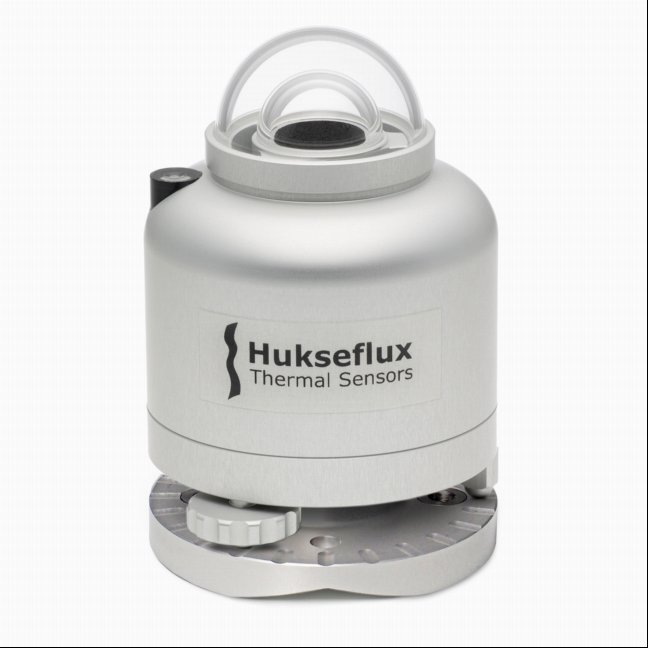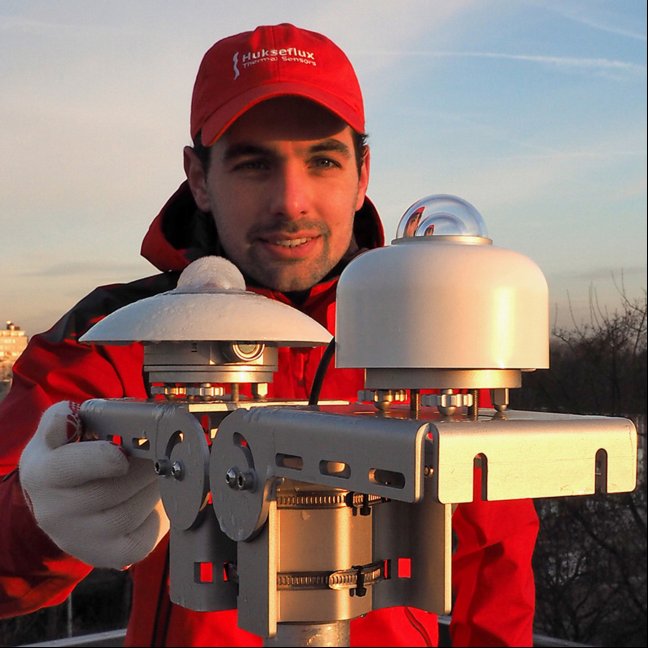Offsets in pyranometer signals are undesirable when accurate measurement of the global solar radiation is required. Users of pyranometers may therefore wish to have a basic understanding of the zero offsets. This white paper attempts to answer basic questions about zero offsets in pyranometer signals such as: What is their origin? How do I measure them? How important are they? And what does the ISO 9060 standard say about them?
Introduction
Zero offsets in pyranometer signals are values that persist even if the solar irradiance is zero. For modern pyranometers, the zero offsets are small. In most locations, during most of the day the offsets will be negligible compared to the solar irradiance. Nonetheless, under certain low light conditions the zero offsets can become important.
Zero offsets in pyranometers can have several origins. Most of them can be traced back to thermal gradients, i.e. temperature differences inside the instrument. To understand this, one needs to look at the working principle of a pyranometer.[1] Simply put, a pyranometer functions as follows: the black sensor surface of a pyranometer absorbs solar radiation and converts it into heat. This heating leads to a temperature difference between the black surface and the pyranometer body which is measured with a thermopile. The thermopile output signal is in principle proportional to the irradiance. However, it is immediately clear that any temperature difference between the body and the black surface that can not be attributed to solar radiation leads to an offset in the measured irradiance.
There are various mechanisms that can lead to such temperature differences. In this white paper we will discuss the three most common ones: thermal radiation, rapid changes in ambient temperature and heat dissipation by pyranometer electronics.
Table 1 shows the maximum allowable zero offsets per ISO 9060 pyranometer class.
Offsets due to thermal radiation
The dome on a pyranometer acts as a radiation filter that blocks thermal radiation. This ensures that the pyranometer is sensitive to solar radiation with wavelengths between roughly 30 to 3 x 10-6 m. However, some sensitivity to thermal radiation with longer wavelengths remains, due to exchange of thermal radiation between the sky and the dome on one hand and between the dome and the black surface on the other hand, as illustrated in Figure 1. This leads to an offset in the measured solar irradiance.

The sensitivity of a pyranometer to thermal radiation can be determined either indoors in a lab environment or outdoors by comparing night-time pyranometer and pyrgeometer data.
To measure the sensitivity to thermal radiation in a laboratory, the pyranometer is put in a dark environment where it is exposed to thermal radiation from a heated black body of known temperature. The net exchange of thermal radiation can be estimated from the temperature of the pyranometer and temperature of the black body. In this case, the offset in the pyranometer signal and the net exchange of thermal radiation will have a positive value, because the black body will be warmer than the pyranometer.
Alternatively the sensitivity to thermal radiation can be determined outdoors.
During the night the solar irradiance is zero, so sensitivity of the pyranometer to other factors such as net thermal radiation can be more easily studied. The net exchange of thermal radiation between the pyranometer and the sky can be estimated from pyrgeometer data. In an outdoors experiment, the offset and the net thermal radiation will be negative because the sky is colder than the pyranometer.
In both cases it is possible to plot the pyranometer signal as a function of the net thermal irradiance (Figure 2). The slope of this curve is the sensitivity of the pyranometer to a net exchange of thermal radiation.

The ISO 9060:1990 standard specifies the zero-offset a as the response to 200 W/m2 net thermal radiation.[2] Note that the zero offset due to thermal radiation is not a fixed number: it changes with the actual exchange of thermal radiation. Furthermore other parameters such as wind speed can have strong influence.
Reduced offsets due to thermal radiation can be achieved in several ways. One common way is to add a second dome to the pyranometer, typically found on first class and secondary standard pyranometers.[3]
Another method involves using domes with an increased thermal conductivity to reduce the thermal gradients in the dome: a sapphire dome, as used in the SR25-D2 pyranometers.
Finally, ventilation can be used to reduce temperature differences between the dome and the body. Traditionally, external ventilation was used, for example by installing the pyranometer on an external ventilation unit, but an even better reduction of the zero offset can be achieved using internal ventilation (Figure 3). SR30-D1 is a secondary standard pyranometer employing internal ventilation.
Read the full article here:









